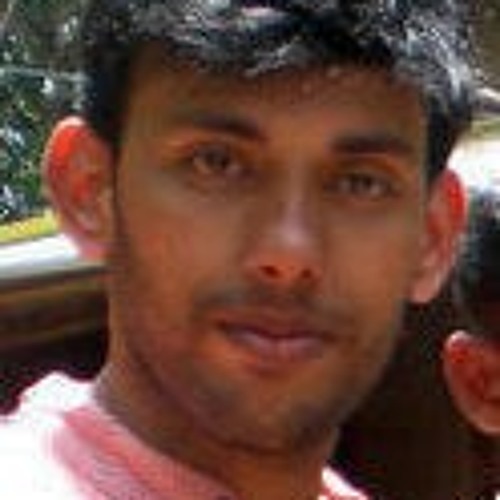

Ragas have certain specific rasas, which impress the listeners irrespective of the lyrics. It provides immense creative potential for improvisation. These diverse practices provide us with multiple options to formulate a suitable treatment plan to cater to patient's needs at every stage. Nada Yoga encompasses various forms of practices ranging from chanting in praise of the divine ( Nada Sankirtan) to purification of energy channels ( Nadi Shuddhi). The practice intends to synchronize chakrasthanas (location of chakras) with swarasthanas (locations of musical notes). Nada yogic exercises address the chakras (energy-centers) of the human body by means of natural sound vibrations in the breath and also certain frequencies produced by musical instruments. The four levels of consciousness – transcendental, deep sleep, dream-like and wakeful states correspond to four levels of sound para, pashyanti, madhyama and vaikhari respectively. In Indian philosophical practice, sound is intrinsically related to consciousness, and the term “ Nada” may also imply “flow of consciousness.” The system focuses on developing a spontaneous interaction between sound and consciousness. Sarngadeva elaborated on how Nada is generated. Na refers to prana and da refers to fire. Nada (intonation) can be physical ( ahata) or in its sublime form in the subtle domains of the mind ( anahata). The resilience of character of ancient people as observed by Indian historians can probably be attributed to the musical practices of olden days.Īccording to the system of Nada Yoga universe has taken its origin from a sound projection. Ancient works collected by King Sahaji (1684–1711) that have been preserved in the Thanjavur Saraswati Mahal Library in the form of palm leaf manuscripts serve as a record of remedial use of music in psychological ailments. A 17 th century work titled “ Sangita Sudha” authored by Nayaka King Raghunatha Nayak and his minister Govinda Dikshitar gives an account of effects of music on emotions. Swami Haridas, a classical musician who lived in the 16 th century, was one of the many who used music in treating illnesses during olden times. “ Raga Chikitsa,” one of the ancient texts elaborates on the therapeutic role of musical melodies.

In India, literature on science of music ( Gandharva tattva) dates back to fourth century B.C. Ancient Hindus believed that suffering caused by man's uncontrolled thinking could be handled by music therapy. The first to use music's therapeutic effects to conquer “passion” was Asclepius. Hippocratic tradition laid emphasis on applying natural methods of healing in medical practice. Ancient Greeks, Arabs, and Indians were well aware of the healing property of music, and there are legends confirming the same. HISTORICAL BACKGROUND: ORIGINS OF MUSIC THERAPYįrom very ancient times philosophers like Plato and Confucius have laid emphasis on the need for musical training for statesmen.


 0 kommentar(er)
0 kommentar(er)
